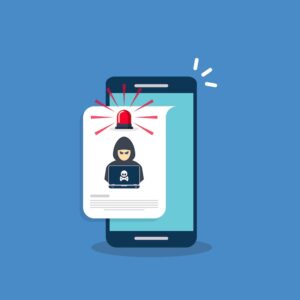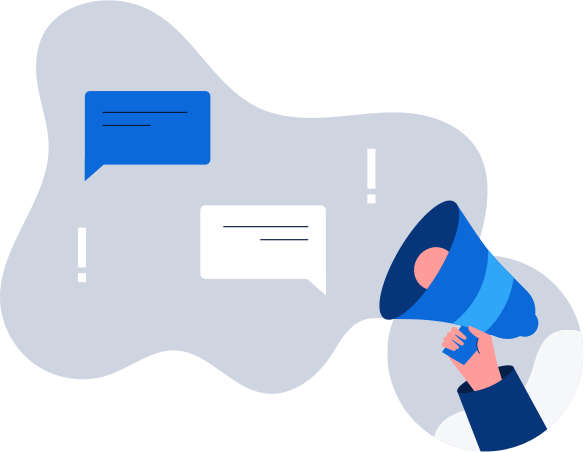How to get a Finnish IP address
The easiest way to improve your digital privacy is to switch your IP address using a VPN. We’ll …
 For some consumers, the online privacy remains a distant thought; a trifle for politicians and civil rights organizations. However, for a growing number of people, the matter has become a daunting battle between the powers that be and the control we exercise over our own information.
For some consumers, the online privacy remains a distant thought; a trifle for politicians and civil rights organizations. However, for a growing number of people, the matter has become a daunting battle between the powers that be and the control we exercise over our own information.
The following threats are by no means the only areas of concern in the privacy realm. However, understanding the implications of some of these larger issues can help articulate the scope and depth of privacy intrusion and data collection.
Despite government monitoring activities, cybercrime remains the greatest threat to personal information in the digital age. The reason for this is simple: while the government and law enforcement monitor your activities, cybercriminals attempt to do the same. In general, user vigilance and consistently updated anti-virus software can help mitigate threats, but strong passwords and compartmentalized email identities are also important steps to take.
Things to consider:
Suggested actions to take to combat this threat:
Facebook and Google+ each offers photo sharing tools to their millions of users. However, built-in facial recognition technology that scans photographs in order to suggest tags is currently collecting and building extensive profiles of user faces. Facebook maintains that the data is kept safe, however little is known how the data is used after it is sold to third-party companies. Law enforcement is also known to query these providers for facial profile data on a regular basis.
Things to consider:
Suggested actions to take to combat this threat:
Whether we are aware of it or not, the tracking of our location is not limited to Foursquare check-ins. Always-on location services and meta-data in social networking posts have turned our cell phones into personal tracking devices. It is well known that law enforcement agencies subpoena this kind of information for criminal purposes, but the implications elsewhere are startling. Employer-owned devices can be tracked, offering new possibilities for monitoring.
Things to consider:
Suggested actions to take to combat this threat:
According to Gartner research, 36% of US consumer content will be stored in the cloud by 2016. This massive migration to cloud storage is troubling when one considers the potential security holes. Cloud storage firms have been hacked, multiple times, and while data stored on these servers are frequently encrypted, their functionality depends on stages of decryption that present opportunities for exploitation. In addition, data is stored in remote servers where security and IT personnel have certain levels of access to customer data. This reliance on protections from others and vulnerability in transit represent considerable hurdles to privacy.
Things to consider:
Suggested actions to take to combat this threat:
Revelations about legislative and executive measures to increase the monitoring of national and international networks mean that your browsing history and search queries are likely being monitored this very moment. These legal mandates are frequently approved (with little oversight) by confidential judicial bodies with the express intent of monitoring and mining Internet traffic. The United States government holds to the statement that they only use the information to catch criminals, but regardless, this means that your information and your browsing activity is being monitored, entirely without you knowing or consenting to it.
Things to consider:
Suggested actions to take to combat this threat:
Cookies, simple text files that monitor information about your computer and your browsing behavior, have ballooned in number in recent years. These files track what you may be interested in buying, sending that information without your knowledge to websites. Therein lies the danger of cookies: the submission of potentially sensitive data to unknown entities without express permission to do so. Despite legislative efforts to curtail the number of cookies in use, sufficient legal protections are not yet present to help prevent the threat. In addition, what provisions exist are easily circumvented by businesses claiming their use of cookies is “essential”. This increase in tracking and lack of appropriate protections means a considerable amount of user-side effort in order to attain privacy.
Things to consider:
Suggested actions to take to combat this threat:
Be they personal or federal, privacy intrusions are present and prevalent in our digital world. Criminals, law enforcement agencies, and advertisers have multiple tools at their disposal to track and document our activities and identities. Protective action includes supporting legislation that limits surveillance activities, using a VPN service to surf the web, safe browsing habits, and installation and utilization of appropriate privacy measures on user computers. The current expanse of privacy intrusion is baffling to most of us, but with some know-how and a proactive mentality, privacy stands a fighting chance. Take action and let it be known that your privacy is a worthwhile and necessary priority.
